The Widow Maker
Surfing England's biggest wave
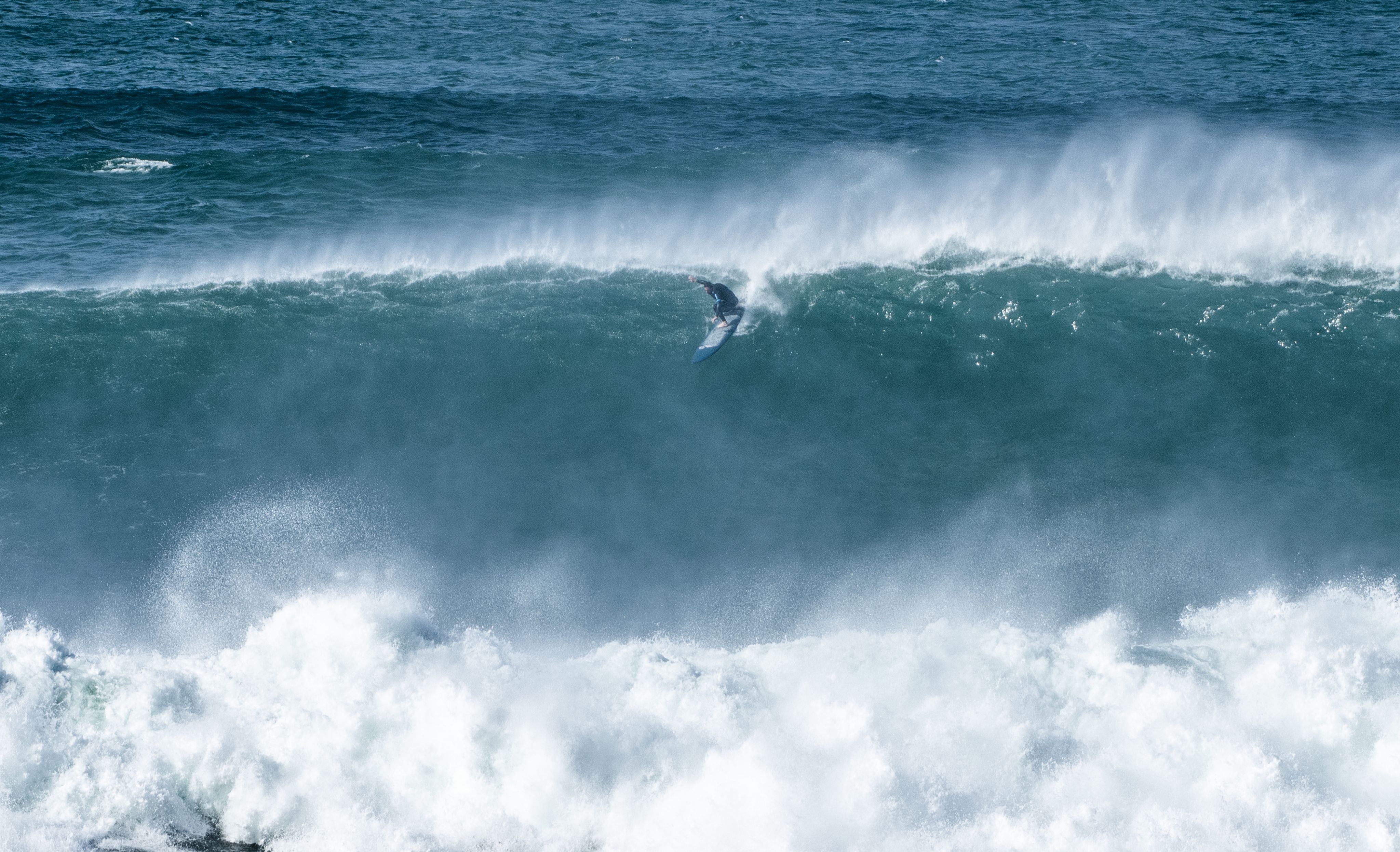

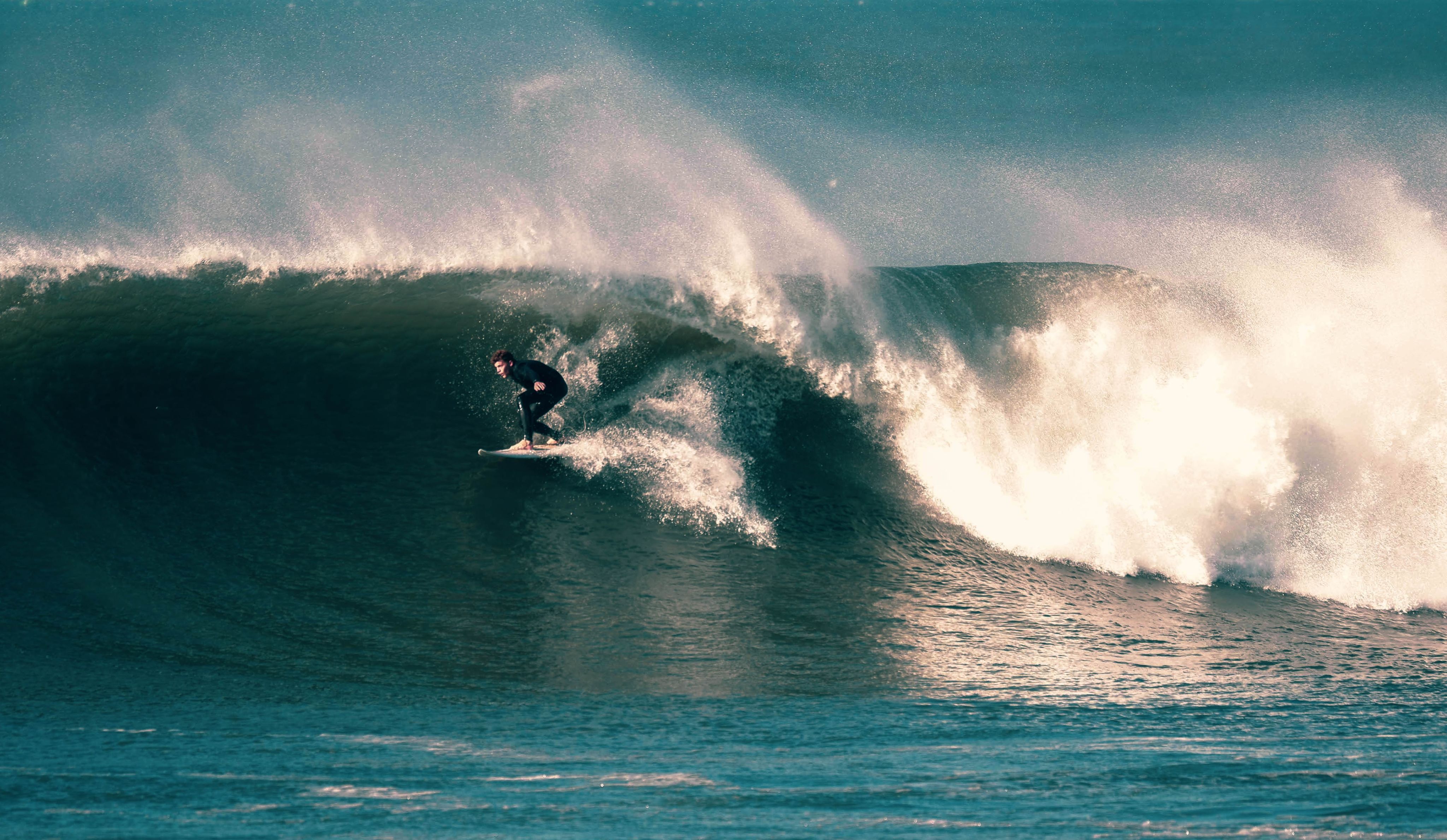
Off the northern coastline of Cornwall, England, there lies a sleeping giant.
She is rarely seen but once or twice every year, she wakes.
Her fury takes its form in huge swells, writhing sea foam and waves thundering against jagged rocks.
She is called The Cribbar and is the home of big wave surfing in England.
However it is known by another name, one uttered in hushed tones in Cornish pubs and across the surfing community.
The Widow Maker.
The Cribbar - Natural Origins
The Cribbar is situated on the northern coastline of Cornwall, just north of the popular seaside town of Newquay.
Renowned for its massive waves and large rock formations, it only rears its head a few times each year, but every time the result is spectacular.
Indeed, geographically, the size of the swell at the Cribbar is due to its special surroundings. It is sandwiched between the popular spots of Fistral Beach and Newquay Bay.
It derives its name from the old Cornish for reef, 'kribaw', and this runs under the water from the Towan headland and is shallower than the surrounding sea. When the right swell comes in, waves break over the relatively shallow reef and a gradient forms underwater, leading to waves of immense size.
In non-surfing terms, all this means is that instead of the wave breaking over sand, when the tide is right, the waves go over the reef. A wave breaks when it passes over a certain depth in relation to its height and when you have a reef, it means the depth suddenly changes and that forces a wave to break prematurely. If you catch a wave on the Cribbar, it tends to be much larger than the waves hitting the beach.
The Cribbar also has a sister reef, the Zorba, which is another reef break out on the Pentire Headland, just a mile south west of Towan Head.
Despite being a rare wave, it occasionally appears during winter XXL swells and can reach eight metres in height if the conditions are right, but the Zorba is no match for her bigger, more volatile sister.
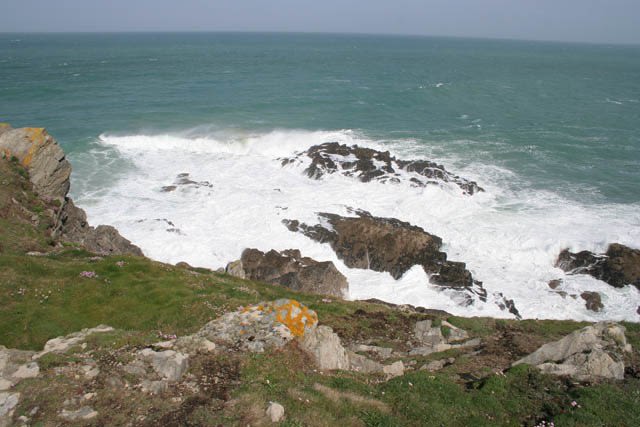
Towan Head
Towan Head
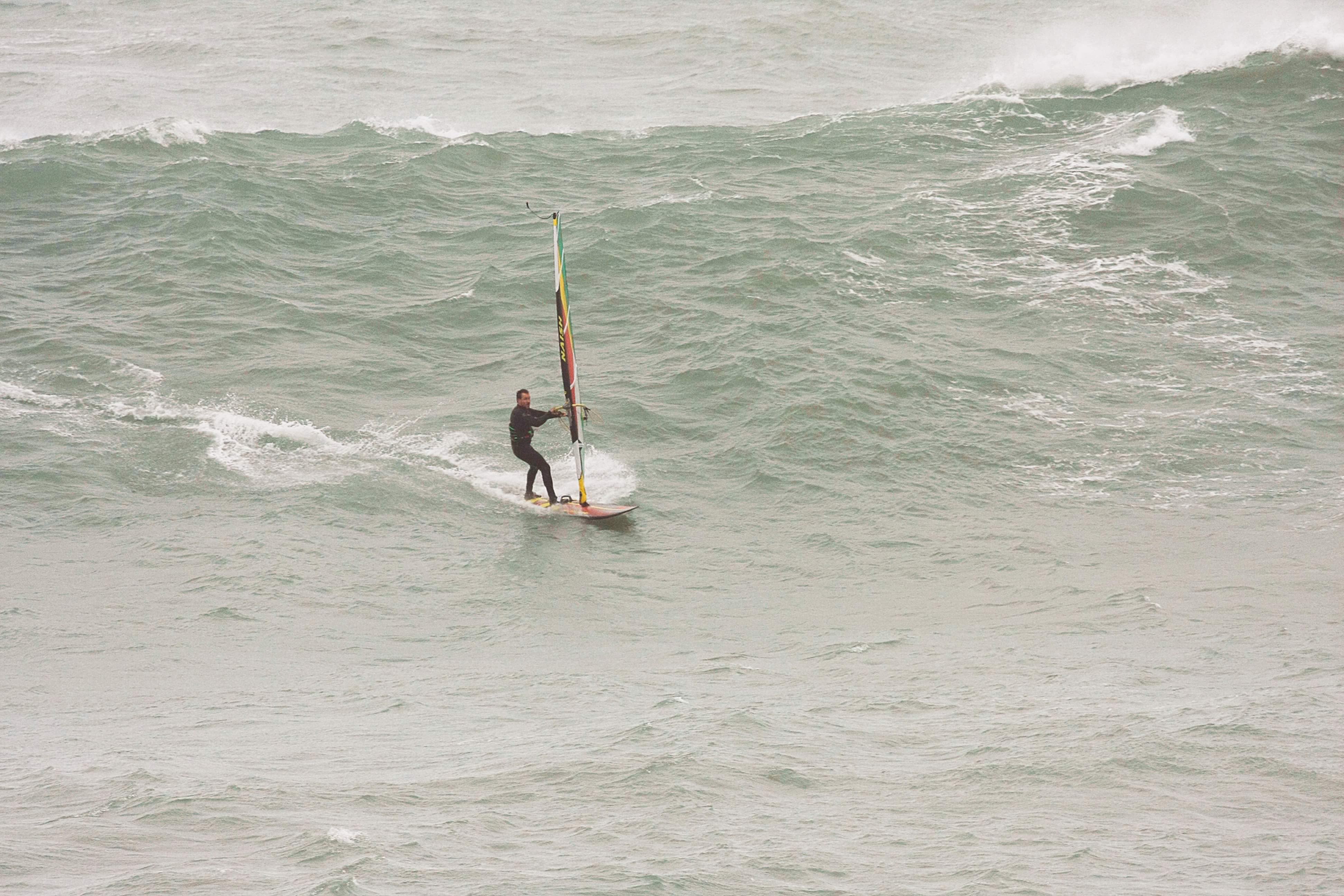
Windsurfing the Cribbar
Windsurfing the Cribbar
Taming The Beast
The Cribbar was first ridden in the mid 1960s when an American and three Australians paddled out to become the first humans to ever take on England's biggest wave.
Jack Lydgate led the charge as the four men entered "The Great September Swell", a period in 1966 which surf historians say saw some of the biggest waves in memory.
Lydgate was joined by three others, Ric Friar, Pete Russell and Johnny McIlroy, and all were armed with waxless, leashless 10 foot boards and dressed only in shorts. Lydgate took the first wave but quickly felt the power of the Cribbar as he was plunged into the sea, while his board smashed against the rocks and split in two.
McIlroy was next, catching a clean inside wave before having his board ripped from underneath him by the following swell. Russell rode a 15-foot flawlessly, but then on a second monster wave, he also got caught inside.
Beaten and bruised the men returned to the shore, but they had written their names into surfing history for they were the first to tackle the Cribbar.


"I thought I was gone. I naively tried to duck under the massive wall of whitewater while clutching the nose of my boards,"
"Fortunately, the wave that smashed me was the last in the set. Otherwise, I might not have lived to tell the tale."
- Pete Russell speaking to Roger Mansfield, author of "The Surfing Tribe: A History of Surfing in Britain."
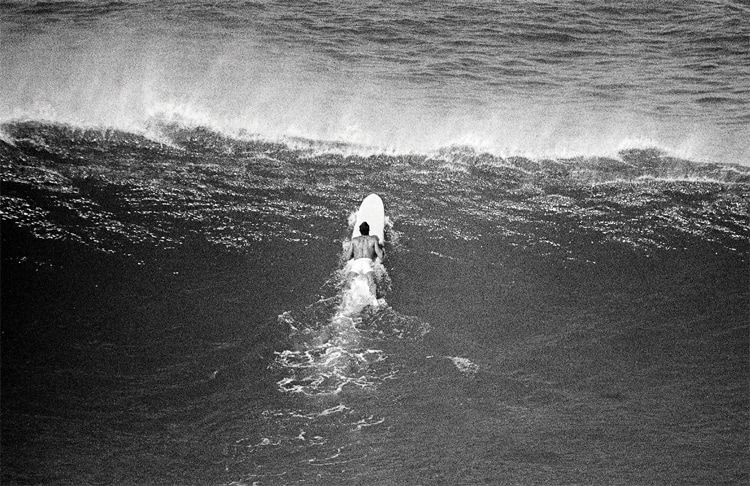
See it for yourself
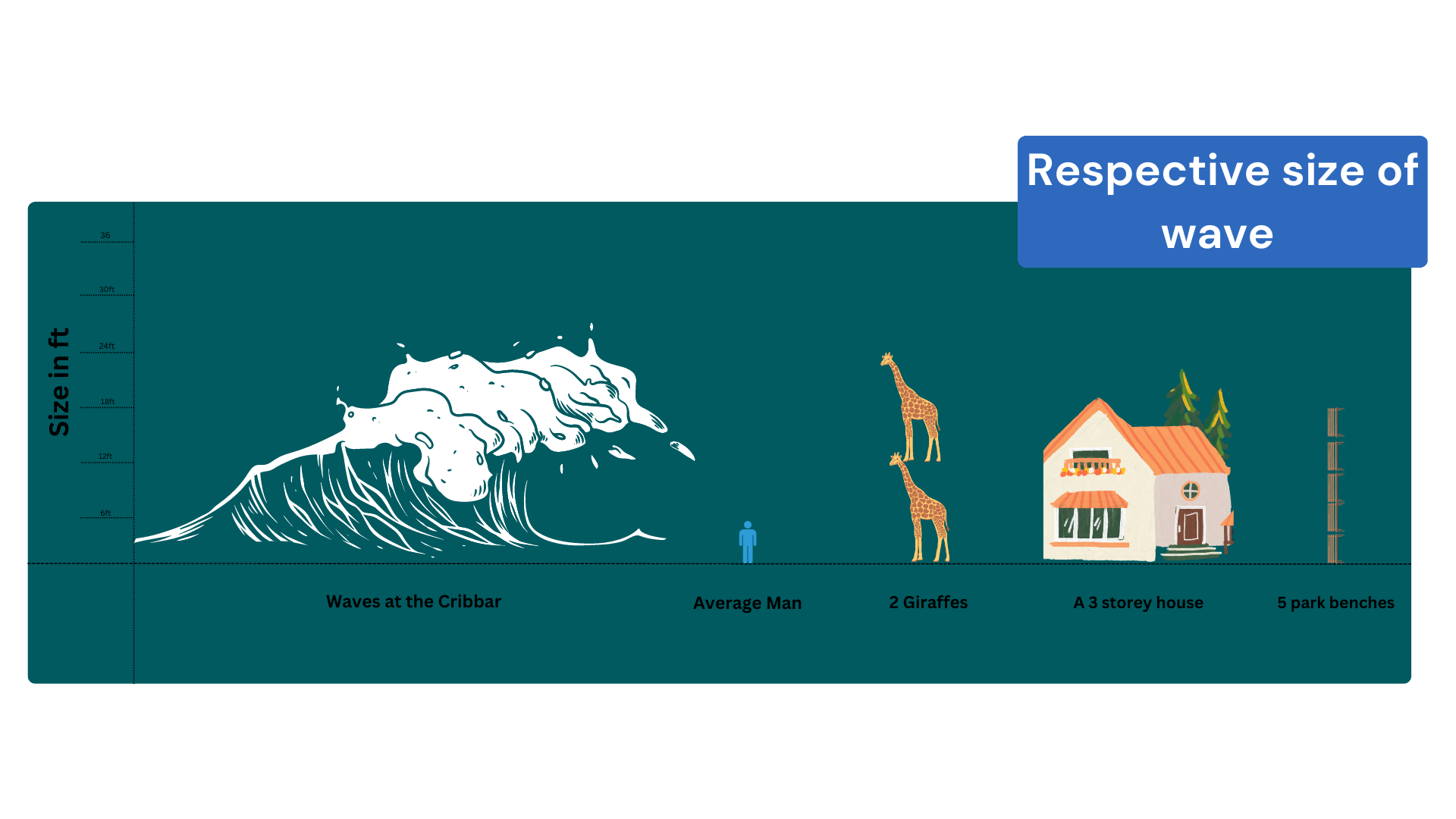
Respective size of the wave
The above graph puts into perspective the sheer size of the waves at the Cribbar. A 30 foot wave is the equivalent of two giraffes standing on top of each other, a three storey house and five park benches.
20-30 foot waves are not an uncommon site off the coast of Towan Headland, and it is clear to see that when comparing the wave respectively to tall objects, it really is a sea monster incarnate.
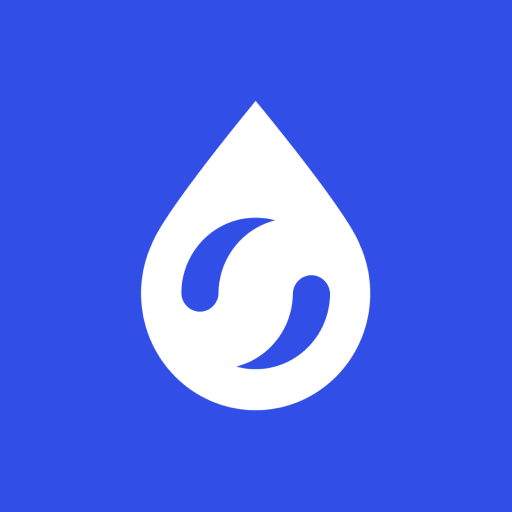
Surfline
To check out what the Cribbar is doing right now click the link.
But what is Big Wave Surfing?
Big wave surfing is a sub-discipline of competitive surfing in which highly experienced surfers paddle, or are towed out, onto large waves.
To distinguish between regular surfing and big wave surfing, the wave itself must be at least 20ft (6.2m) high with men and women riding specialist boards called "guns".
There are plenty of competitions in the sport, the oldest and most prestigious being The Eddie, named after Oahu north shore Hawaiian lifeguard and surfer Eddie Aikau. Alongside The Eddie, the World Surf League (WSL) runs a big wave tour which travels across the world to big wave hotspots such as Nazaré, Portugal, and Baja California, USA.
The UK and Ireland is home to some huge big wave surf spots including Mullghmore in County Sligo, Ireland and Thurso East in Scotland. However the Cribbar remains England's premier place to catch a massive swell.
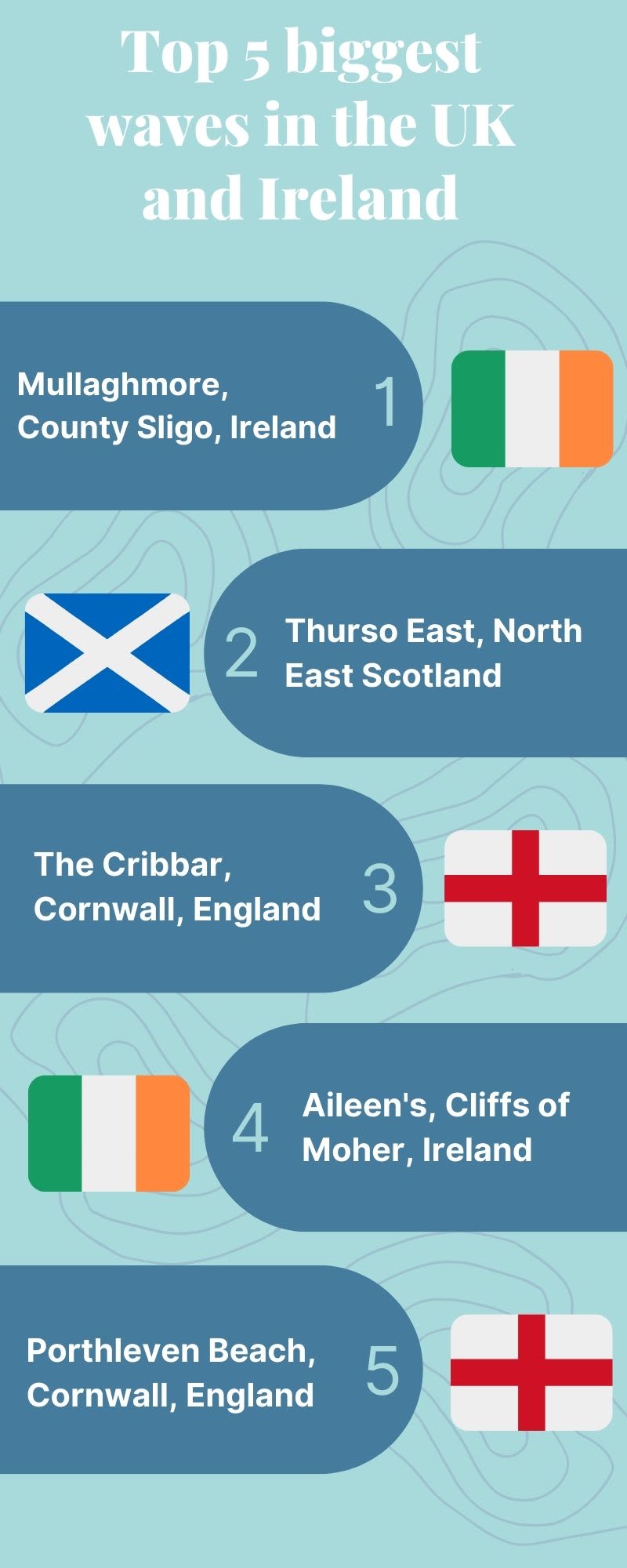
Rob Fowlie - Professional Big Wave Surfer
Rob Fowlie is a professional big wave surfer and has been surfing the Cribbar for nearly five years.
He discovered surfing when he was just thirteen and, after growing in confidence over the years, he was enticed enough to try and tackle the biggest wave in England.
"I turned up super early on the morning of my birthday with my long board and there were a couple of other fellas suiting up down at little Fistral, I ended up paddling out and I literally got out by the skin of my teeth, it was dicy.
"I think the lads behind me got it wrong and got absolutely eaten up, but I was in no man's land, the space where you don’t want to be as the sets have broken and there was a lull so if I go, I’ve got to go now."
Rob, 32, managed to catch his first big wave that day and from there he was hooked, chasing bigger and bigger swells ever since.
He loves the sport and when describing taking on 30ft writhing swells that crash straight onto rocks his eyes glaze and he has a wistful, dreamy look on his face.
Rob explaining what its like to take on the Cribbar
Rob explaining what its like to take on the Cribbar
"The Cribbar is huge, it isn't just a big beach break, it is up there as a world class big wave spot for sure," he continued.
"I’ve seen Nazaré and Mullaghmore on massive swells and the Cribbar is definitely up there, the lip of it means that if you were in the wrong spot you’d know about it.
"You feel like your wetsuit is getting ripped off and you’re getting torn in half, there was definitely a stage when I first paddled out on long boards that I just kept breaking them, borrowing more then breaking them again."
After tackling the Cribbar, Rob picked up some sponsorship and began to train with his team to travel the world and tackle some of the biggest swells recorded, all while plying his trade as an electrician in Newquay.
However he still recalls his riding of the Cribbar as the best preparation he could have had before turning professional.
"I definitely learnt my trade out there by making some serious waves and deciding to just go. Every cell of my body was telling me not to go but it's all about breaking your fear barrier and pushing yourself over this thirty foot ledge and coming out the other side.
"I have got it wrong out there a couple of times, just gone a bit too late, and there's a fine line. The lips are 10-15 foot thick and I’ve knocked myself out, been cut up, dislocated shoulders and just really got hammered in some pretty savage hold-downs.
"Some of the lads haven’t been so lucky, you know, a few punctured lungs and broken ribs out there, but touch wood nothing else.”
Rob now has his sights set on some of the biggest swells in the world, as he looks to break records and go further than anyone else has.
"I want to get the biggest wave, I want to be the first to tow a 100 foot wave and smash that record, it beats painting, decorating and laying cables for sure!"
Rob's advice to anyone attempting the Cribbar
"I would never surf it without an inflation vest and padded suit, there's no soft sand easy exit to get out of your surfing infront of a cliff face with groynes of rocks, you get caught in there you’ve only got to knock your head or pop a shoulder or anything like that and the clocks ticking then.
"I would say to anyone else who attempts the cribbar you've got to get yourself if not a full length Patagonia impact suit then get a top half, just something that will get your top half above the water."
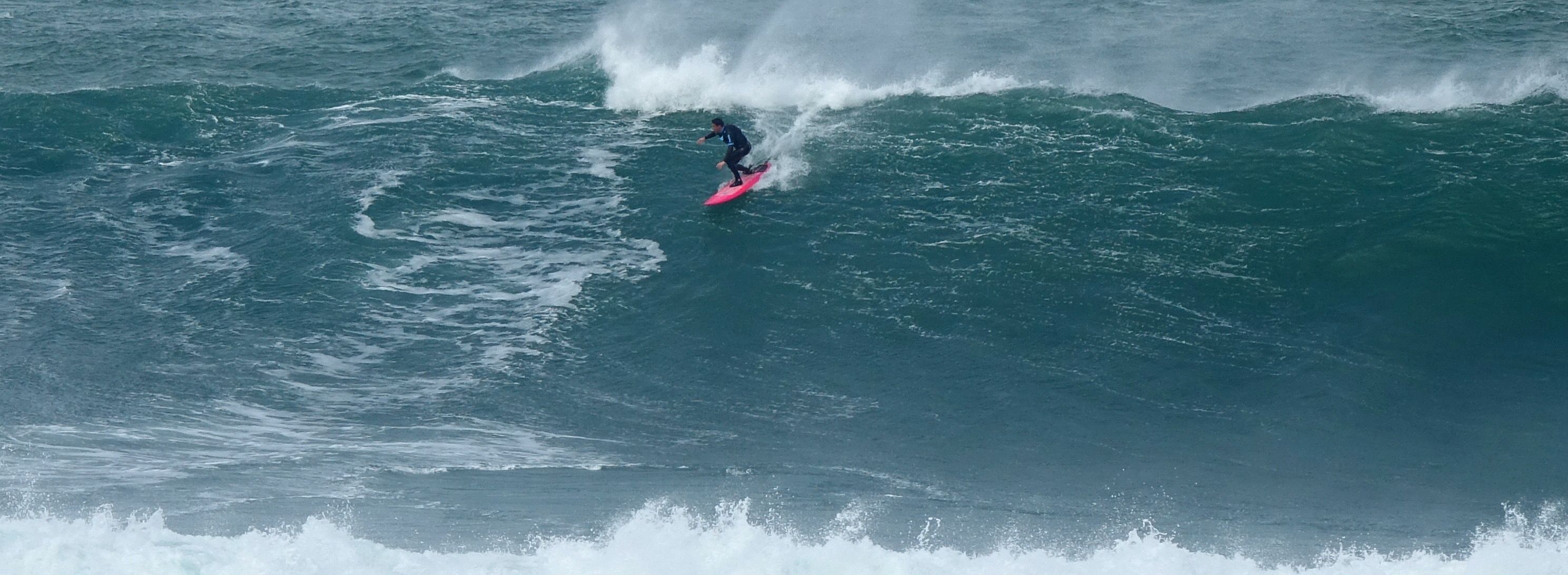
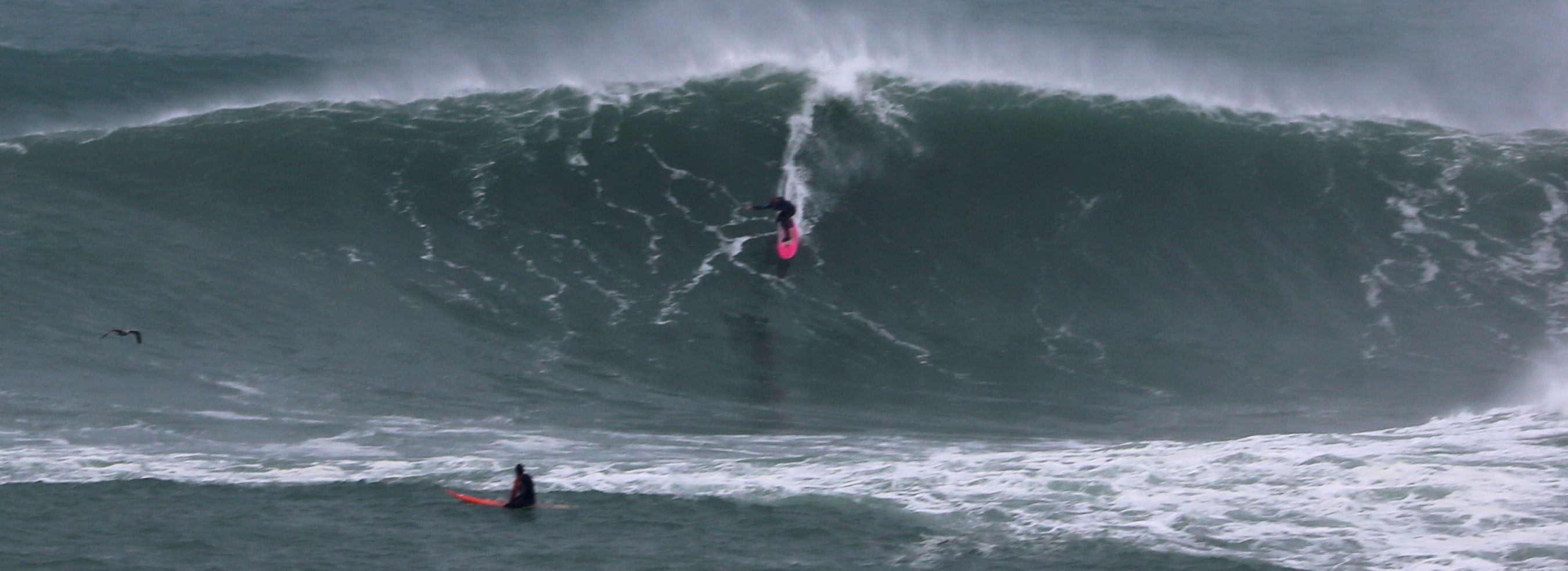
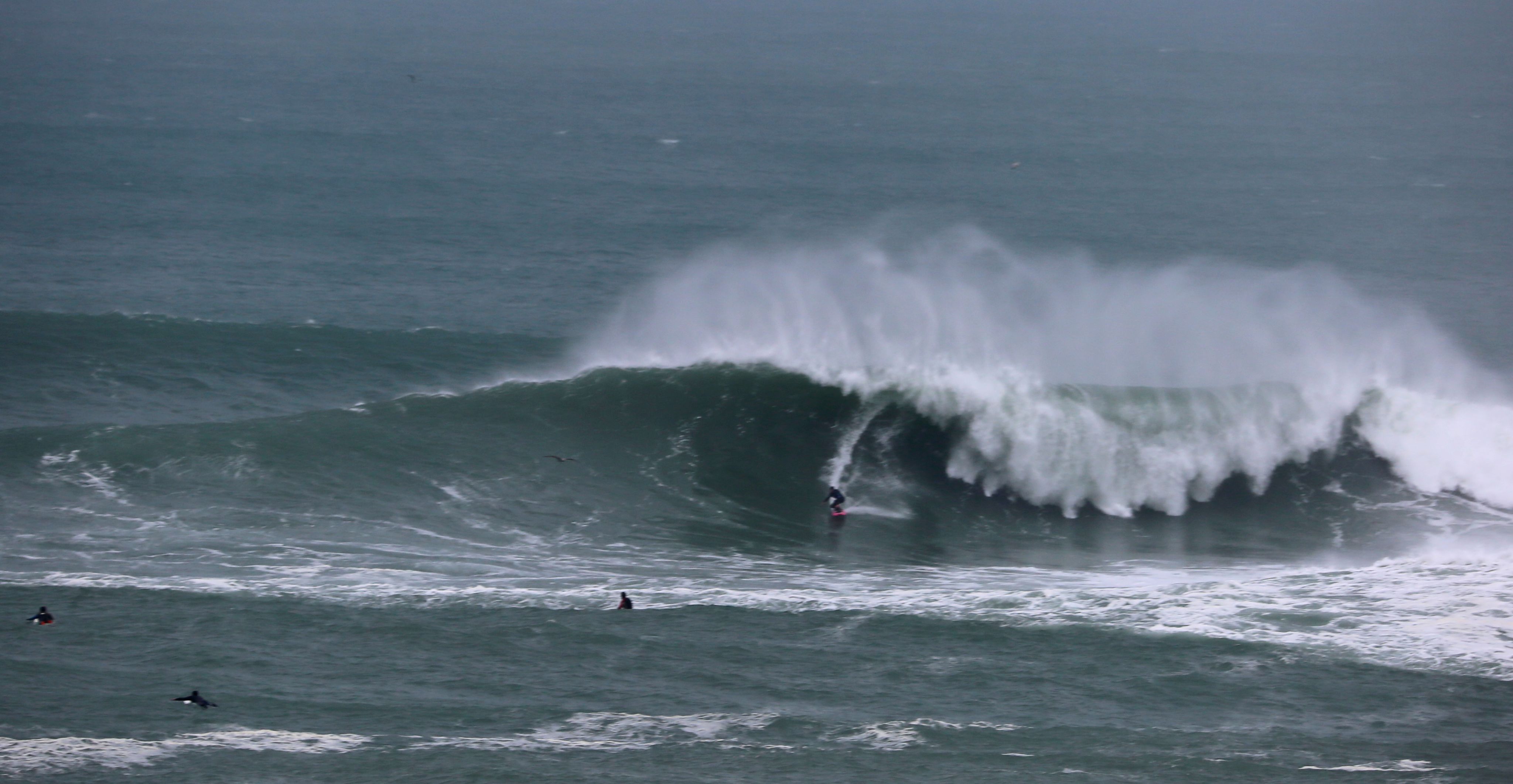

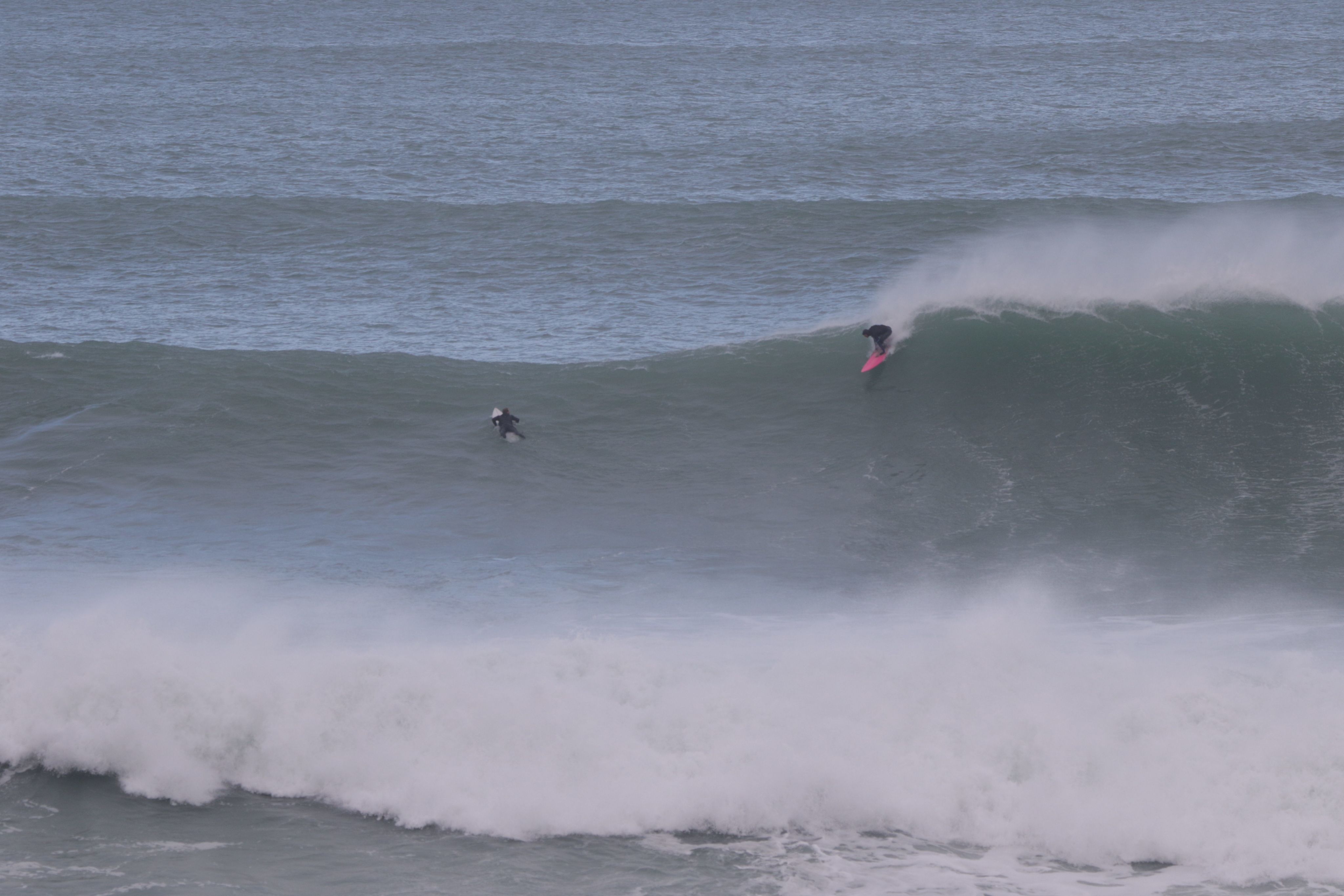
Jan Sleigh - Former Professional Windsurfer
Former professional windsurfer Jan Sleigh is a Cornish native, who has taken on the Cribbar in various formats of surfing including stand up paddle, tow-in surfing and windsurfing.
"There was always a passion to surf bigger waves and when I moved to Newquay in 2010 I knew about the Cribbar and it was something I wanted to do.
"I wanted to windsurf it, I thought it could be windsurfable, but the problem was it's a difficult place to work out if you don't live there, so when it works, how it works, what time, what swell direction is right. Being here enabled me to do that."
Jan starting his career in windsurfing in the early 1980s and even spent a year travelling the world on the Professional Windsurfing Association Tour, visiting places such as the Canary Islands and Australia.
After moving to Newquay he recalls the difficulties in taking on England's biggest wave for the first time.
"Windsurfing the Cribbar is tricky, you need the right direction of wind, you need the right tide. It needs to be pretty big to make it worthwhile, you need it to break further out and the bigger it is the further it will break out.
"As you're windsurfing out you’re wondering if you have the right board or the right sail, it's all a bit dramatic and that's also when you get to see the size and scale of it and on that day it was pretty huge.
"In windsurfing terms your scale is mast high which is four metres, these waves were double mast high so 8 metres or about 26 feet. It was super epic session.”
To tackle this types of swell Jan stressed the importance of being prepared and understanding what you're taking on.
"You have to be mentally prepared. It’s like assessing risk, working out what could go wrong, if I break my equipment, how do I get back, where do I swim to and where is safe…ish.
"I was trying to get myself fit and trained hard, I did a surf apnea (survival) course about holding your breath and how to cope with bigger waves, hold-downs and stuff like that. I’d done a lot of training and got myself prepared for it.
"I managed to catch four good waves but the last one I went too far out on the shoulder and the wave dropped, and then basically I got one wave on the head which was a bit of an experience to get rolled over by a significant amount of white water.
"The surf apnea teaches you how to relax in those situations, you know how long you can hold your breath for if you've done a static breath hold and sure enough you pop up and get on the jet-ski sled."
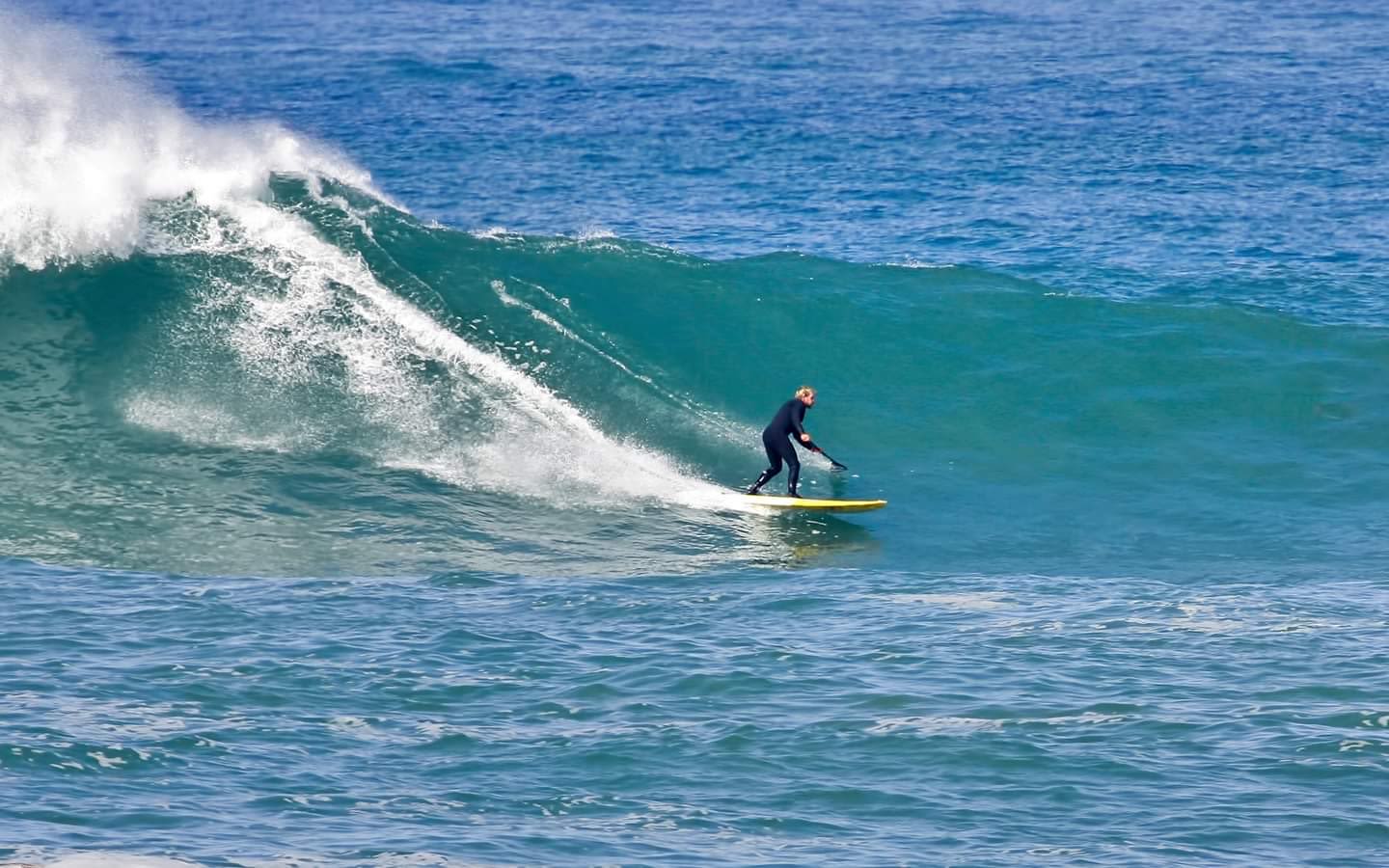

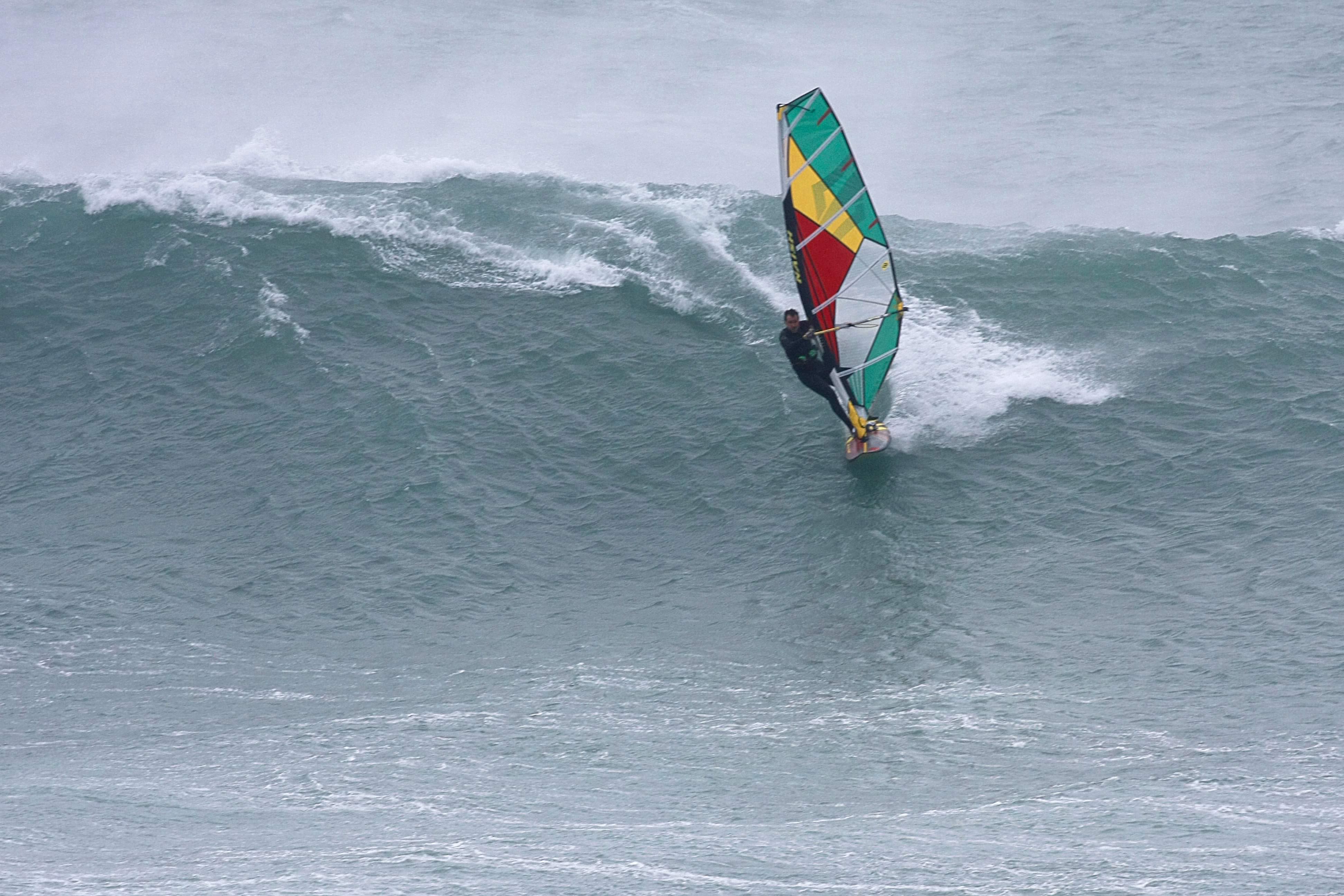
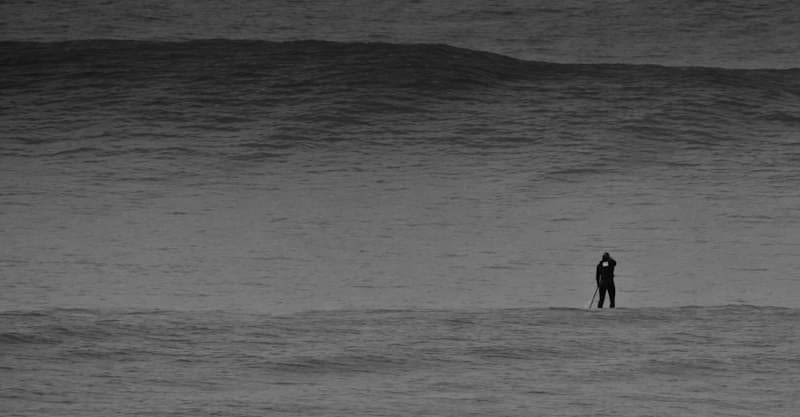

After speaking to both Jan and Rob it seems the Cribbar lives up to its terrifying reputation.
However taming England's wave is a more nuanced challenge than simply surfing a big wave, it involves meticulous preparation and incredible physical and mental strength.
It seems as though actually surfing the wave is the part the surfers find the easiest.
They prepare for days, reading the charts, watching weather forecasts and ensuring all their kit is prepared so that when the conditions are finally right they are ready to go.
Suiting up in impact suits designed to minimise damage to their bodies, on specialised boards that can handle the aggression and speed of the wave, big wave surfers are more than just adrenaline junkies.
They are professionals, dedicated to their craft, battling with Mother Nature in all her fury and coming out the other side ready to do it all over again.
Image credits, with thanks to:
1. Shacktown123 via Wikimedia Commons
2. Anonymous via Unsplash
3. Kate Jewell via Wikimedia Commons
4. Matthew Burridge via Jan Sleigh
5. John Robert McPherson via Wikimedia Commons
6. Doug Wilson
7. Kernowfornia surf and Matt Hammond
8. Kernowfornia surf and Matt Hammond
9. Kernowfornia surf and Matt Hammond
10. Kernowfornia surf and Matt Hammond
7. Joe Cocle
8. Joe Cocle
9. Geoff Tydeman
